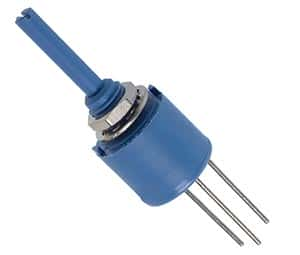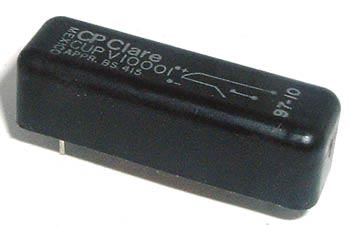Semiconductor Markings – Available Methods
Traditionally, most components have two or three lines of identifying marks plus a company logo. Over time, the manufacturer codes have become more involved to incorporate a component’s identification plus the complete history of the process. Early on, it was the military applications that required very specific markings and identification processes. Current package markings are a by-product of those military requirements.
When a semiconductor is clearly identified, there is less room for error in the production process. Reducing errors when a component is in use for production saves time. There is also less product waste and the production process becomes more streamlined.
As the size of electronic components has decreased, the available space that manufacturers have to mark each piece has also decreased. The technology required to complete this task has become increasingly more complex.
The chief reason for the more complex codes stems from the demands of the end users. They need to have complete traceability of the product; from the history of the production cycle including the date and location of manufacture to the exact lot code. Possession of this information is critical to the end user in the event of a recall or defective components.
There are four primary methods to marking components in current use. Use of the various methods depend on the size, the type and the environment of the component production.
The methods are:
-Ink marking
-Electrolytic marking
-Pad printing
-Laser marking
In ink marking, inkjet printers are used. The technology is called ‘drop-on-demand’ which means that the flow of ink is controlled to create a pattern of ink droplets to form an image marking.
Electrolytic marking employs low voltage electric current with a stencil. The top layer of the package is etched by electricity flowing from the marking head, assisted by an electrolyte chemical. The process takes approximately 2-3 seconds to complete.
Pad printing is the most traditional of all the processes. A steel plate is etched with the image of the imprint. The ink is transferred to the plate which then is applied with pressure to the surface of the electronic component.
Laser marking is the most recent development in the marking process. It provides the greatest flexibility in the size, timing and complexity of the markings. The laser process is also the fastest method to mark electronic components; it is not uncommon for this process to print up to 300 characters per second. An additional benefit of using laser printing is the ability to produce a clean mark on many irregular surfaces.
No matter which method has been used to mark the semiconductors you use, you can be sure that much thought has been put into the decision.



 A digital potentiometer is digital equivalent of variable resistor potentiometer. It is a digitally controlled electronic component with built in IC or a digital to analog converter. It is widely used in instrumentation amplifiers. It has limitation of being restricted to currents of a few milli amperes and voltage in the 0 to 5V range.
A digital potentiometer is digital equivalent of variable resistor potentiometer. It is a digitally controlled electronic component with built in IC or a digital to analog converter. It is widely used in instrumentation amplifiers. It has limitation of being restricted to currents of a few milli amperes and voltage in the 0 to 5V range. 
